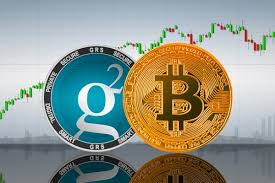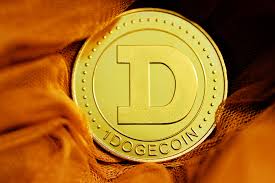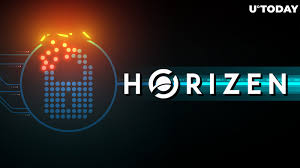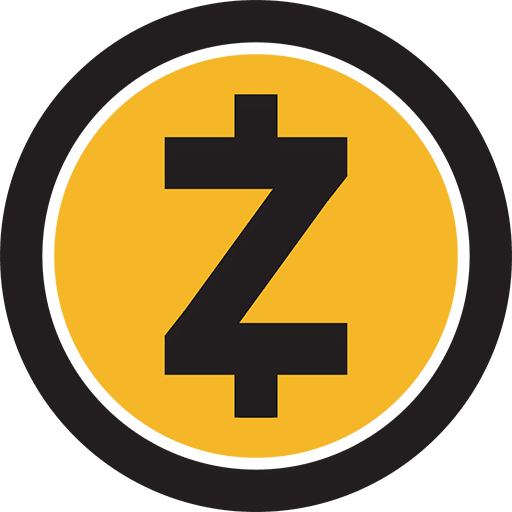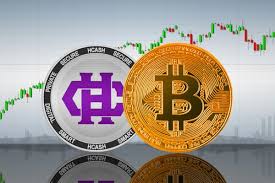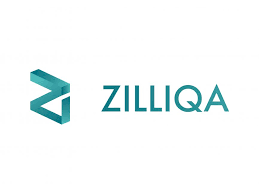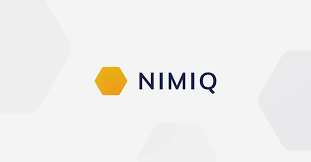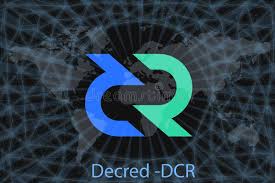Aion represents an innovative third-generation blockchain solution designed to address the challenges of scalability and interoperability faced by existing blockchain networks. Unveiled in 2017, Aion’s primary objective is to seamlessly merge various blockchain platforms, paving the way for a fresh era of decentralized applications (dApps) and seamless interactions across different blockchains. The benefits and drawbacks of the Aion network are examined in this article, emphasizing how it might affect the blockchain ecosystem.
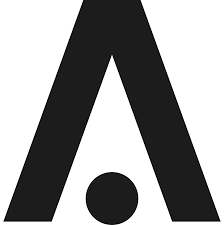
Advantages of Aion
The following are the advantages:
High performance
Aion stands out as one of the most scalable blockchain platforms accessible at present, capable of handling millions of transactions within a single second.
Low latency
Aion transactions are swiftly confirmed within seconds, rendering it exceptionally suitable for real-time applications due to its minimal latency.
Extensible
This is an open platform that developers can extend to craft innovative applications on its foundation.
Scalability
To increase the network’s overall scalability, Aion uses a novel strategy known as “Bridges” to link various blockchains. It greatly eliminates bottlenecks and congestion that frequently afflict traditional blockchain networks by improving communication between dissimilar blockchain systems.
Interoperability
One of Aion’s key benefits is its ability to work with other systems. The platform makes use of “FastVM,” a specially created Virtual Machine (VM) that enables the smooth execution of smart contracts across many blockchains. Because of this compatibility, programmers may build sophisticated applications that take advantage of the advantages of many blockchain ecosystems.
Secure cross-chain transactions
Aion employs a robust cross-chain framework to ensure the authenticity and utmost integrity of data transferred between different blockchains. This approach enhances trust and security within the network by employing cryptographic proofs that fortify cross-chain transactions, making them impervious to potential attacks and ensuring long-term resilience.
Decentralized application ecosystem (dApps)
Developers can create dApps that bridge several blockchains thanks to Aion’s interoperability, opening up a whole new world of potential for decentralized applications. This feature promotes creativity and collaboration, building a strong and varied dApp ecosystem.
Improved governance mechanisms
The platform introduces an innovative governance model that empowers token holders with increased influence in the decision-making procedures, ultimately enhancing the effectiveness of governance mechanisms. This approach fosters decentralization and active participation from the community, culminating in a more democratic and inclusive network.
Disadvantages of Aion
The disadvantages are as follows:
Still under construction
Being a very young platform, Aion is still being developed. This implies that some bugs or security flaws could exist but have not yet been found.
Limited adoption
Aion has a limited acceptance rate compared to certain other blockchain platforms like Ethereum or Bitcoin. This implies that the Aion platform may offer fewer services and apps.
High gas costs
Using the Aion platform can be expensive due to the platform’s high gas costs.
Development complexity
Due to the complexity of interfacing with various blockchain systems, building cross-chain apps on Aion demands a greater level of technical competence. The platform’s complexity would discourage some developers from using it, which would slow the adoption of dApps.
Risks to security
Although this platform places a strong emphasis on secure cross-chain transactions, linking different blockchains may expose the network to security risks. The attack surface increases with the number of chains connected, leaving Aion open to new security risks.
Network adoption
Aion confronts the difficulty of drawing a sizable user and development base as a more recent blockchain platform. The platform’s distinct advantages over competing platforms will need to be extensively promoted to reach critical mass and achieve widespread adoption.
Government challenges
Aion’s governance approach tries to foster decentralization, but it can also result in disagreements over who should make decisions and hold up the process. It may be difficult to reach an agreement among token holders with different interests, which would make it more difficult for the platform to quickly adjust to shifting market conditions.
Competition from established blockchains
Aion faces stiff opposition from established blockchain platforms like Ethereum and Polkadot in a fiercely competitive market. The biggest challenge may be persuading developers and projects to switch to or build on Aion rather than these well-known competitors. It is a promising blockchain platform all around with a few benefits. It still needs improvement and has certain drawbacks. It remains to be seen if Aion will be successful in the long run.
You can also find these articles helpful
What is cryptocurrency halving
Cryptocurrency kings: Successful investors
Cryptocurrency kings: Successful investors Part 2
